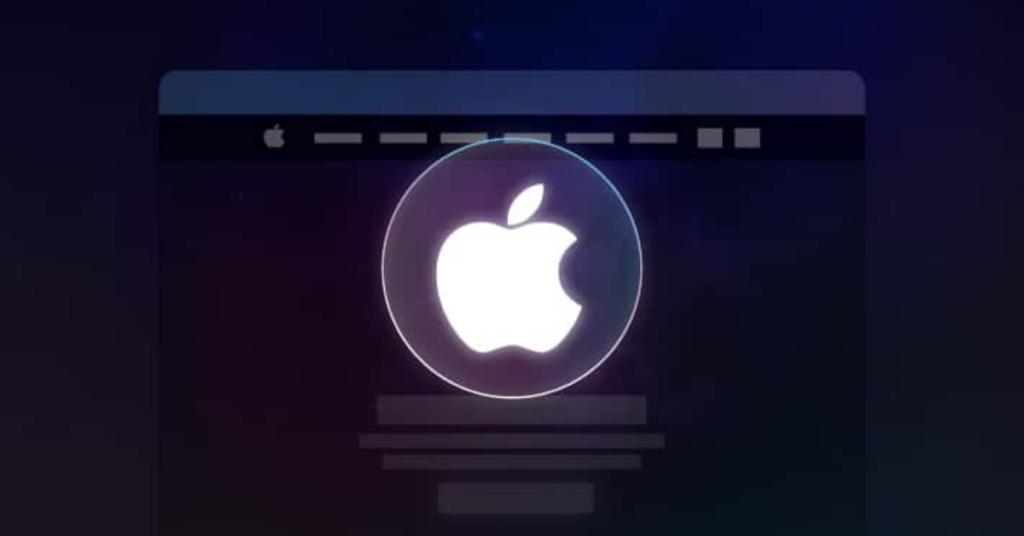In the field of cybersecurity, innovation is a perpetual process, and Google’s recent announcement of Project Naptime has undoubtedly sparked controversy. This AI-driven initiative has the potential to transform the detection and neutralisation of threats, particularly for medium-sized enterprises. Although the concept is captivating, it is imperative to evaluate this advancement from a pragmatic perspective, taking into account the diverse requirements of businesses with 50 to 500 employees and the broader cybersecurity landscape.
Advantages of Project Naptime
We should commence with the advantages. Project Naptime’s proactive strategy for identifying and neutralising hazards prior to their manifestation is commendable. This could be a game-changer for medium-sized businesses that are frequently ensnared between the complexity of enterprise-grade security and the simplicity of small business solutions. In an era where skilled cybersecurity professionals are both scarce and expensive, the potential to optimise resources by reducing the need for extensive in-house cybersecurity teams is particularly attractive.
The Problem with Google’s Current Strategy
Nevertheless, despite Google’s progress in the correct direction, there is a persistent sense that they are still falling short of the comprehensive requirements of medium to large enterprises. The root of the problem is Google’s historical cybersecurity strategy, which has frequently prioritised user-friendliness and comprehensive threat protection over the more detailed controls that larger organisations necessitate.
Comparing Productivity Suites: Microsoft 365 vs Google Workspace
Take into account the current situation in the productivity suite industry. Microsoft 365 has consistently outperformed Google Workspace in terms of the level of detailed control it offers over identity and access management, data protection, and compliance management, which is a common requirement for medium to large businesses. Despite this, Google Workspace is robust in many aspects. These features are not merely desirable; they are indispensable resources for organisations that are responsible for administering diverse, frequently global workforces and navigating intricate regulatory environments.
Although Project Naptime is innovative, it appears to maintain this same emphasis on broad protection rather than precise control. The approach remains primarily appealing to smaller businesses, leaving medium and large enterprises underserved. Google’s one-size-fits-all approach is not easily adaptable to the specific regulatory requirements of these organisations, which necessitate the ability to fine-tune their security posture.
The Value and Limitations of Google’s Innovations
This is not to suggest that Google’s innovations are not valuable. They are. However, for medium-sized businesses that are seeking to expand and compete in industries that are becoming increasingly regulated, the question arises as to whether Google’s solutions can develop in tandem with their needs. Will Project Naptime provide the level of comprehensive reporting and compliance features that auditors and regulators are increasingly seeking? Will it facilitate the customisation that businesses require as they expand into new markets or confront new threats?
The cybersecurity landscape is not solely concerned with the prevention of threats; it also involves equipping businesses with the resources necessary to comprehend, supervise, and exhibit their security posture. This is an area in which Microsoft has historically excelled, providing a level of granularity that is appealing to both IT administrators and compliance officers.
Rethinking Google’s Strategy
In order to effectively contend in the medium to large enterprise sector, Google must reconsider its strategy. Project Naptime is a positive development; however, it must be integrated into a more comprehensive strategy that recognises the intricate requirements of expanding enterprises. This entails not only emphasising threat detection and prevention but also offering the controls and insights that enable businesses to customise their security posture to their unique requirements and regulatory environments.
In summary, Project Naptime is a thrilling advancement in the field of AI-driven cybersecurity; however, it also functions as a wake-up call for Google. In order to effectively cater to the medium-sized business market and beyond, Google must address the disparity between its current offerings and the level of control and customisation that businesses are increasingly seeking. Google can only establish itself as a genuine competitor in the enterprise cybersecurity sector by addressing these requirements.
Future Considerations for Medium-Sized Businesses
When medium-sized businesses evaluate their cybersecurity strategies, they should not only consider the immediate advantages of solutions such as Project Naptime but also how these solutions will scale and adapt to their evolving requirements in the future. In the constantly changing field of cybersecurity, the capacity to adapt and expand is equally critical as the capacity to safeguard.




